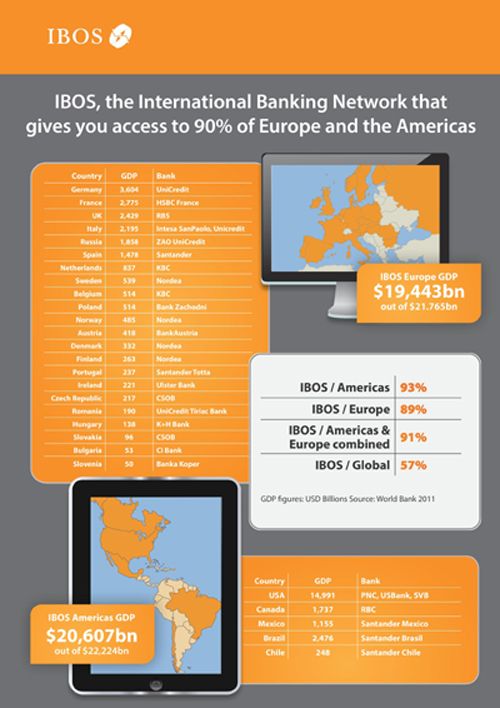Posted By Gbaf News
Posted on August 5, 2014

“The ECB figures showing migration levels of over 95% disguise several factors, most notably the failure of the SEPA project against the Terms of Reference: efficiency, harmonisation and cost. The operational efficiency of the SEPA project – especially in the Direct Debit scheme – has fallen dramatically compared to the legacy national schemes.

Bob Lyddon
Currently, ECB figures track SEPA migration as the switch in the clearing from legacy payments schemes in local data format to SEPA payments in ISO20022 XML data format. The ECB figures do not measure the take-up by customers of ISO20022 XML: many are using a conversion service in order to bypass the need to adopt ISO20022 XML directly, and therefore they are, strictly speaking, non-compliant.
The ECB, the Commission and the EPC have no reason to challenge this non-compliance, because they wish SEPA to be seen as a success.
The whole SEPA project has been a failure in its stated aim of transforming a series of immature and inefficient domestic markets into a single efficient pan-European one right from the start. This is due to a number of reasons, namely that:
• The legacy markets were both mature and efficient, but in some cases small scale
• SEPA has transformed them into the same number of markets, but all immature, and all with their own version of ISO20022 XML
• The overall efficiency of European payments markets has fallen
• There has been a large investment cost which will not be recovered, and we have wasted 10 years: the EPC SEPA Roadmap was published in 2004, was supposed to conclude in 2010, but in 2014 we are still only a small part of the way there.”



